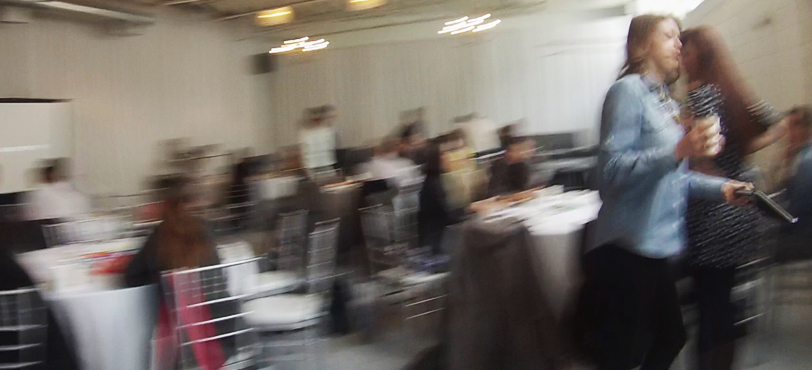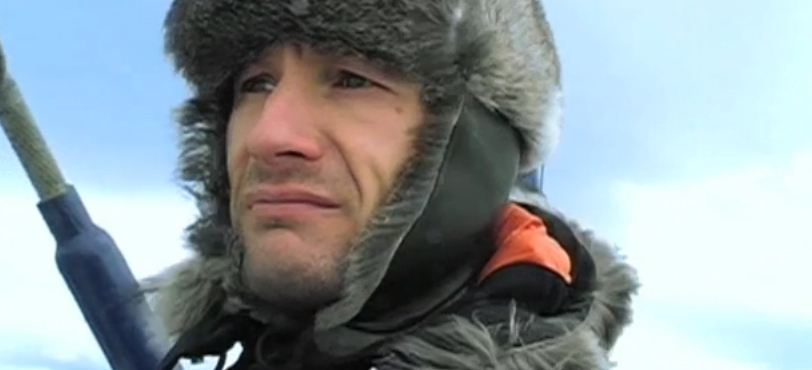Cases & Portfolio
Case Studies
Rebranding is a grand challenge that requires more than a new logo or crafty positioning statement. Whether a total pivot or a simpler reorganization, a company embarking on a new mission needs an explicit understanding of its target customers, direct and in-direct competition, channel and influencer eco-system, as well as the greater context in which they operate. Not to mention, total buy-in from its leadership and rank-and-file alike.
The following cases demonstrate how we have partnered with clients in the past to achieve these not-so-simple goals. (Please see the pdf for a list of customer references and contact information.)
Fisk Alloy : A Strategy Equal to the Brand
This case captures our end-to-end rebranding approach from market research, to identity design, to go-to-market programs. It covers the importance of our collaboration with both marketing and sales teams. The role of solution-selling in multi-tier channels. And, perhaps most critically, how Fisk Alloy’s leaders garnered operational alignment behind the new growth strategy.
Senturus : Taking on Big Blue
The heart of this case study is a sophisticated website — which serves Senturus as both an online education platform and as their primary new business lead generator. While we were first hired to take on the site design and build, our engagement ultimately expanded to include a more in-depth market analysis and full brand repositioning and identity design.

Maze Health : An Authentic Brand
Maze is a large, multi-faceted medical group with distinct practices for Men, Women, a sophisticated medical Lab, and a Cord Blood Bank. While we’re the first to note the complex and extended sales cycle unique to enterprise technology, we include Maze here as it demonstrates what every company rebranding has in common: the imperative to strike at the heart of a customer need while emanating from the truth of the organization.

Sientra : Rigorous Brand Exploration
This is the Final Report of a comprehensive Brand Strategy research and planning engagement not dissimilar to what Cray has requested in the RFP. (Although, perhaps, even more extensive than what you want or need.) For confidentiality, we ask that you not download, copy or share any detail of the findings. For more examples of our enterprise and technology rebranding work, please see the portfolio below.
Creative Portfolio — Relevant Work
We believe in the power of big ideas, arresting design, and a well-turned phrase. And, that goes for enterprise technology, government, scientific, academic, and the hairiest of big hairy categories, too. True, there is a time and place for humor, shock, and entertainment, not to mention evidence, data and brevity. But anyone viewing your marketing is human and that means — whether they know it or not — they are responding on both an intellectual and emotional level. Below are examples of work we’ve done in technology and other complex categories. See what you think (and feel).
Enterprise Know-How
We can think of several gnarly challenges for high tech marketers: 1) Communicating complex ideas in clear, human and motivating terms. 2) Creating specific and credible distinctions between you and your competition when “similar” technology is inherently designed to achieve similar goals (think TCO or ever-popular competitive advantage). 3) Executing those ideas so they stand out in busy media environments, to reach busy people, without breaking the bank.
Leveraging a Legacy
It’s human to want something new and different. It also makes for great marketing. But, as tempting as it is, we like to tread carefully. For many companies, private and public alike, the legacy of a founder — or early pioneers, employees, or customers — is an irreplaceable asset. Understood well and used with discretion, they can provide a rosetta stone for what made you great to begin with.

Corporate Identity
Ideally, a logo should explain or suggest the business it symbolizes, but this is rarely possible or even necessary. There is nothing about the IBM logotype, for example, that suggests computers. A logo takes on meaning, only if over a period of time it is linked to a particular organization. What is essential is finding a meaningful device that reinforces the company name. A logo distinguished in this manner works harder, has greater impact and is easy to remember.

Brand Standards
Brand standards are essentially an owner’s manual for using your brand, and should be referenced by anyone charged with communicating your brand, internally or externally. Because every execution of your name, identity, or promotional materials will influence how your company is perceived, it’s important to define sufficient guidelines to maintain consistency of voice and imagery, while keeping them brief enough to allow users to absorb and properly use all the rules.





